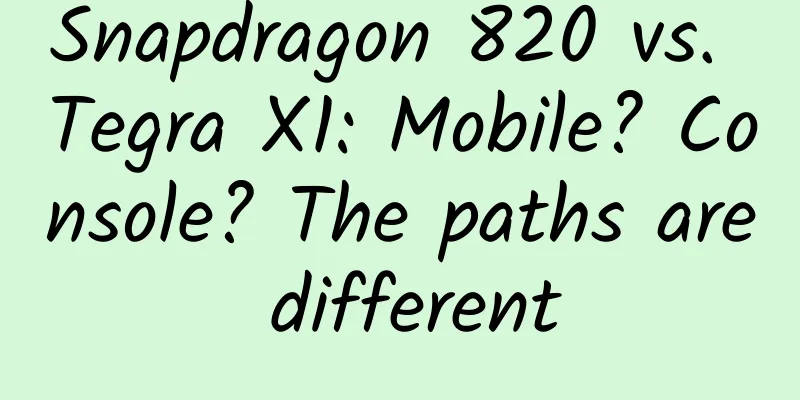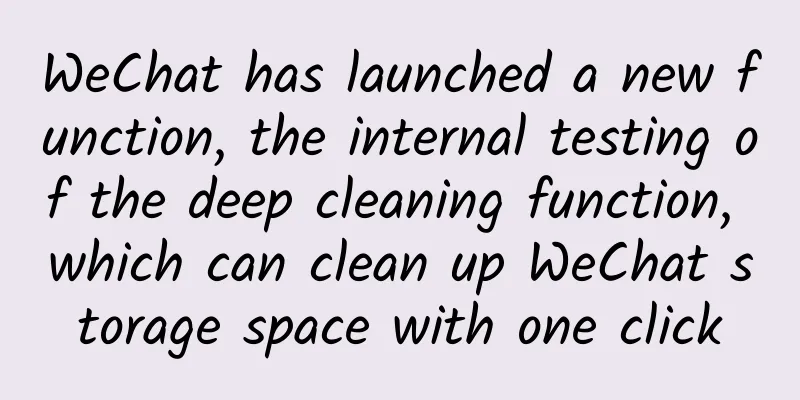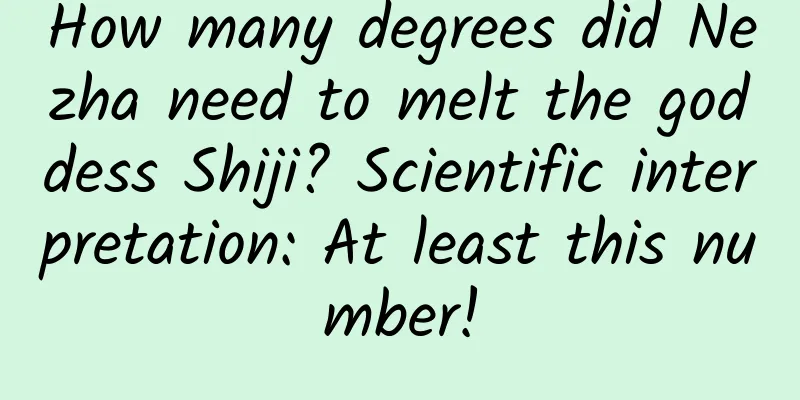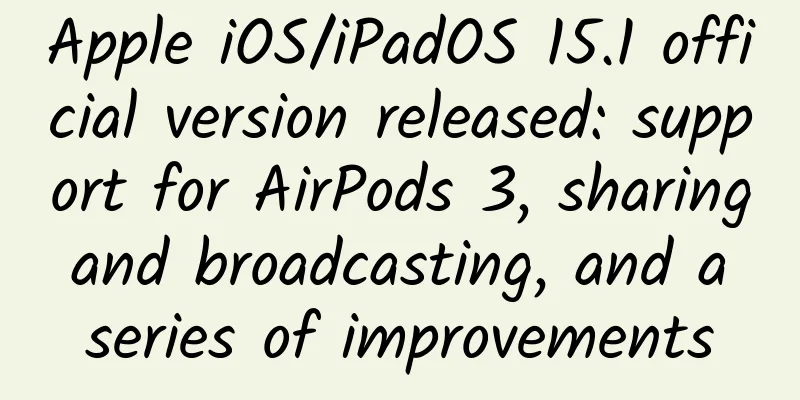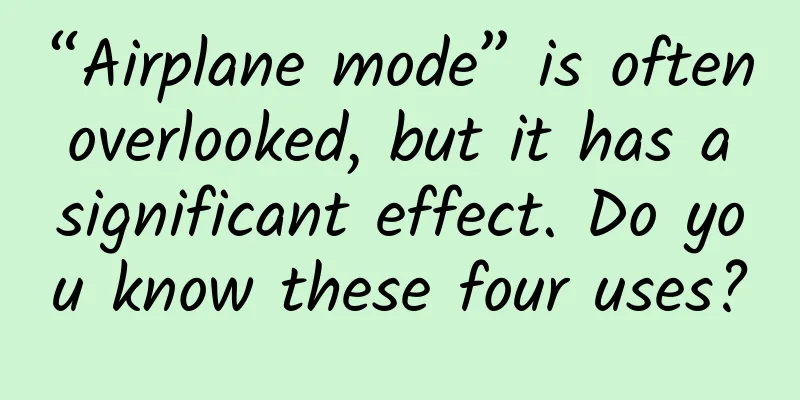Planetary Exploration and "Look, Smell, Ask, and Touch"
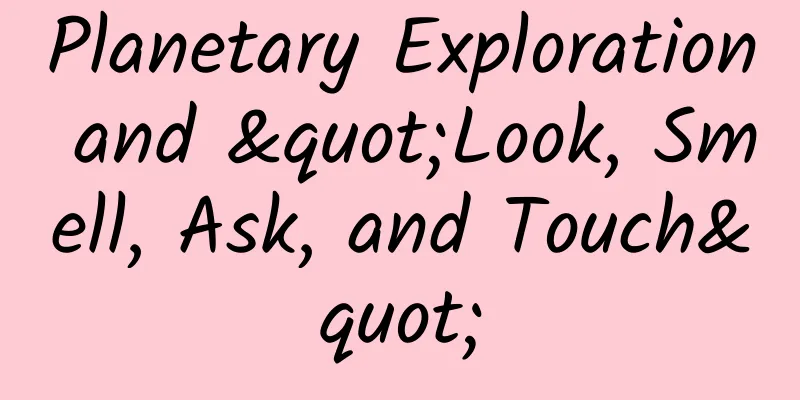
|
Some time ago, I read Dr. Li Mingtao's article "Look, Smell, Ask, and Feel in Planetary Defense" and was deeply inspired. It suddenly reminded me that a few years ago I had also considered that the detection methods of commonly used instruments in planetary exploration just correspond to the diagnostic methods of "look, smell, ask, and feel" in traditional Chinese medicine. With the encouragement of Dr. Li, I shared it with friends who care about planetary science and planetary exploration. In traditional Chinese medicine, "look, smell, ask, and feel" can be simply understood as looking with the eyes, smelling with the nose, talking to the patient (question and answer) and measuring the pulse. "Look", looking with the eyes, corresponds to the optical payload in planetary exploration. Optical payload is the most commonly used payload in planetary exploration. In addition to visible light, modern planetary optical payloads also have imaging instruments in other bands, such as X-rays, which can more comprehensively study the surface shape and radiation characteristics of planets. Vortex on Jupiter's surface The process of "smelling" is to use the nose to receive and analyze the gas molecules emitted by the "patient", which corresponds to the particle detection payload detecting various particles in the environment around the planet in an orbit close to the planet. Interestingly, smelling with the nose can analyze the composition of the gas. In addition to analyzing the composition, the on-site particle detection payload can also analyze the energy spectrum, charge status, etc. Particle detection is widely used in planetary exploration. For example, the Tianwen-1 orbiter is equipped with a particle detector developed by the National Space Science Center of the Chinese Academy of Sciences, which measures various particles escaping from Mars into the solar wind, and uses this result to analyze the reasons for the disappearance of water and atmosphere on Mars. Tianwen-1's particle payload is tested in Europe. The process of "asking" in traditional Chinese medicine includes one question and one answer, which corresponds to radar detection. Radar emits radar waves, and detects the structure of the surface and subsurface of the planet by receiving and analyzing the radar waves. For example, we can understand how thick the ice caps are at the north and south poles of Mars. Pulse diagnosis is a very magical diagnosis and treatment method in traditional Chinese medicine. By measuring the pulse, you can know a person's health and even the internal structure (such as pregnancy). Pulse diagnosis corresponds to electromagnetic measurement near a planet. The internal structure of a planet or a planet's satellite can be known through changes in the electric or magnetic field. For example, by using the electromagnetic field to calculate the conductivity, researchers have discovered that there is a large amount of water inside Europa. This kind of detection from the outside to the inside also reflects the magic of science. Sun Wukong's Pulse Diagnosis in Journey to the West The Chinese medicine of "looking, smelling, asking, and feeling" is a step-by-step in-depth diagnosis process for patients, from looking at the surface, to smelling closely, and then to understanding more detailed and internal information through questioning and feeling the pulse. The detection of the corresponding payloads is also from optical remote sensing to the surrounding particle environment, to using radar to detect the surface and measuring electromagnetic fields to detect deeper material structures. This is also the process of human understanding of nature from the outside to the inside, from phenomenon to essence. About the author: Liu Yong is a Chinese space science ambassador, a researcher at the National Space Science Center of the Chinese Academy of Sciences, executive director of the Space Science Communication Expert Studio, doctoral supervisor, a doctor of science from the University of New Hampshire, an expert consultant of the United Nations Academy of Sustainable Development Management, a director of the China Science Writers Association, and a special expert of the Space Science and Technology Education Alliance. He has participated in many space science satellite engineering projects in my country and the United States, and has been invited to participate in science popularization activities of media such as CCTV, Hunan Satellite TV, and Science and Technology Daily. He has written popular science books such as Deep Space Probe and International Space Station. |
<<: Why are there only salted duck eggs but no salted chicken eggs?
>>: The domineering "little trumpet": The beautiful morning glory is actually a "foreigner"?
Recommend
Peaches, plums, apricots, ume, pears, cherries...how to tell them apart from the riot of colour?
At least half of the beauty of spring is given by...
How to build a community from 0 to 1?
Communities are usually divided into two dimensio...
How to get the new version of AppStore traffic bonus before iOS11 is released
Introduction: For APP promotion and operation per...
How to evaluate the feed flow effect of Xiaohongshu?
Maybe many of you have no relevant experience lik...
He Jie's vivid diary makes it easier for children to write
"He Jie - Vivid Diary" is suitable for ...
Highlights of APP free and paid channel promotion!
Before I did it, I had heard of various methods o...
Samsung S6 is better than iPhone 6 in these 7 aspects
The Apple iPhone 6 released in September last yea...
What impact will Android 5.0 bring to Android Wear?
[[121924]] Google has just announced its latest A...
A talk on interstellar migration: Is it better to place humans in one cradle on Earth, or to put them in several baskets?
I often say that human beings are like a group of...
A must-read for product managers: Zhang Xiaolong’s book list, the father of WeChat!
There is a strange man in the Guangzhou R&D de...
The WHO strongly recommends that you stockpile nuclear contamination? The "iodine tablets" you bought online actually have no effect on protecting against nuclear radiation.
1. Since the World Health Organization updated th...
Root cause | Can stem cell transplantation really treat hair loss? Don’t rush to try it yet
gossip More and more people are suffering from ha...
2020 Short Video E-commerce Live Streaming Operation Plan Practical Tips
A quality live broadcast must be carefully planne...
BOE: 2019 revenue of 116.1 billion yuan, a year-on-year increase of 19.5%; 1Q20 net profit of 570 million yuan
In 2019, BOE's net profit attributable to sha...
Wuxi Mini Program Agency Company, how much does it cost to be an agent for a real estate mini program?
What is the price of being an agent for Wuxi Real...
